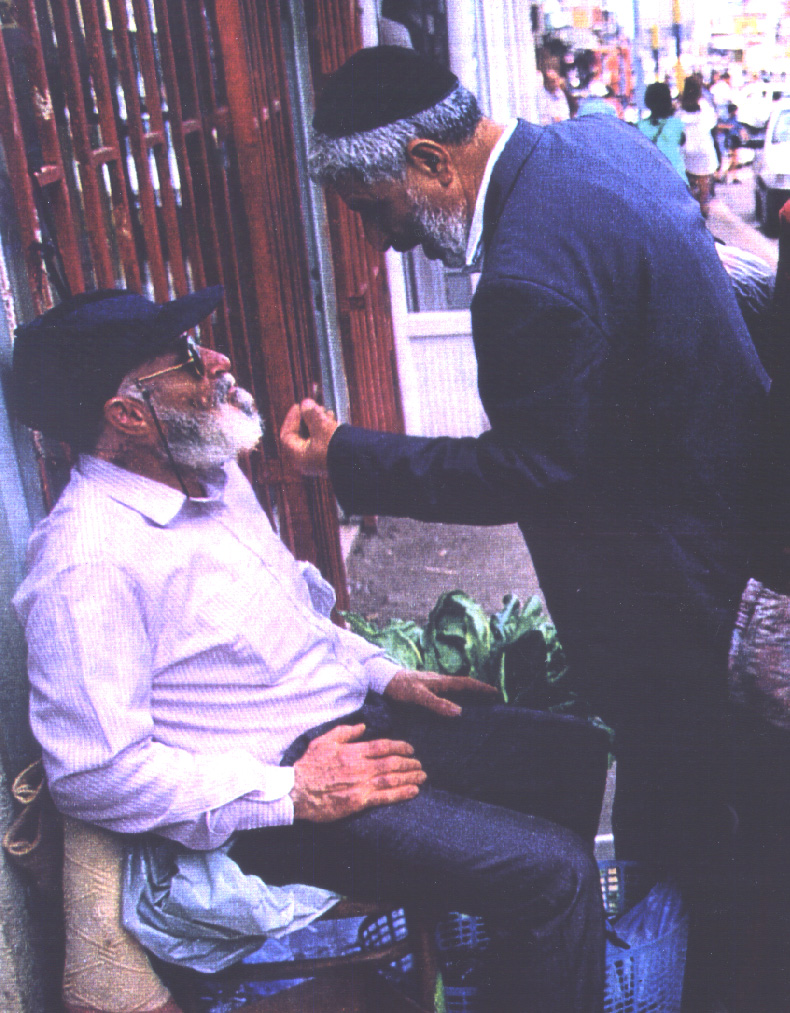|
|

|
| Cogs102A
*
Readings
*
Summer 18 |
 |
 |
|
See Syllabus to coordinate readings with lectures.
Required Readings for Midterm 1:
Hutchins, E. (2010a). Cognitive Ecology. Topics in Cognitive Science, 2: 705-715
Kirsh, D. (2009). Interaction, external representation and sense making. 31st Annual Conf of Cognitive Science Society
Norman (1994). Things that make us smart. Chapt 3: The Power of Representation. NY: Perseus Books
Hutchins, E. (2010b) Enaction, imagination & insight. In J. Steward, O. Gapenne & E. A. Di Paolo (Eds) Enaction:
Toward a New Paradigm for Cognitive Science. pp: 387-424, MIT Press.
Williams, R.F. (2006). Using cognitive ethnography to study instruction. Prodeedings of the 7th International Conference of
the Learning Sciences. Mahway, NJ: Lawrence Erlbaum Associates.
Required Readings for Midterm 2:
deBarbaro, K., Johnson, C.M.& Deak, G.O. (2013). Twelve month "social revolution" emerges from mother-infant sensorimotor coordination:
A longitudinal study. Human Development 56: 223-248. DOI: 10.1159/000351313
Yu, C., Smith, L. B. & Pereira, A. F. (2008). Grounding word learning in multimodal sensorimotor interaction. In B. C. Love, K. McRae,
& V.M. Sloutsky (Eds.) Proceedings of the 30th Annual Conference of the Cognitive Science Society (pp. 1017-1022). Austin, TX: Cognitive Science Society.
Johnson, C.M. (2002). The Vygotskian advantage in cognitive modeling: Participation precedes and thus prefigures understanding.
Behavioral & Brain Sciences, 25: 628-629.
Goodwin, C. (2013). The cooperative, transformative organization of human action & knowledge. Journal of Pragmatics 46
: 8-23.
Readings for Final Project:
Heath, C. & Hindmarsh (2000). Configuring action in objects: From mutual space to media space. In Mind, Culture and Activity,
7, 81-104.
Recommended Readings:
Cole, M.. (1985). The zone of proximal development: where culture and cognition create each other. In J. Wertsch (Ed) Culture, communication & cognition: Vygotskian perspectives:pp: 146-161.
Enfield, N. (2005). The body as a cognitive artifact in kinship representations. Current Anthropology, 46:51-81.
Goodwin, C. (2000). Gesture, aphasia and interaction. Journal of Pragmatics, 32: 1489-1522.
Goodwin, C. (1994). Professional vision. American Anthropologist, 96:606-633.
Hutchins, E. (1995). How a cockpit remembers its speeds. Cognitive Science, 19:265-288.
Hutchins, E.. (2005). Material anchors for conceptual blends. Journal of Pragmatics, 37:1555-1577.
Johnson, C.M. (2010). Observing cognitive complexity in primates and cetaceans. International Journal of Comparative
Psychology, 23:587-624.
Kirsh, D. (1994). On distinguishing epistemic from pragmatic action. Cognitive Science, 18:513-549.
Kirsh, D. (1995). The intelligent use of space. Artificial Intelligence, 73:31-68.
Shepard, R. (1994). Perceptual cognitive universals as reflections of the world. Psychonomic Bulletin & Review, 1:2-28.
|
|
|
|
| |
